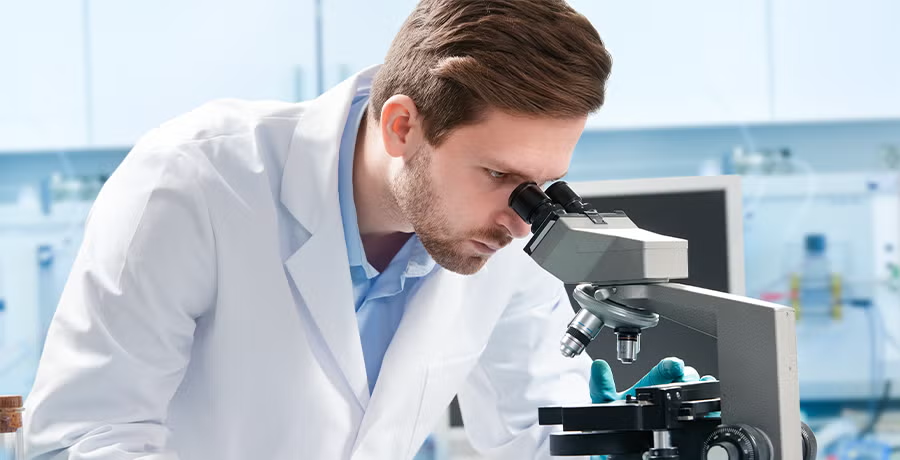The links below are designed to provide perspective on some of the important scientific concepts and phrases that are used in everyday discussions about environment, health and safety principles.
Today’s scientific equipment and techniques can detect even minute levels of many substances in the body through tools, such as biomonitoring. For biomonitoring information specific to working with diisocyanates, visit the Diisocyanate Biomonitoring section.
As scientists measure and study very small amounts of particles, they may refer to “parts per” when talking about contents, or concentrations, of a chemical in air or water. Visit the Measuring Parts per Million section to better understand just how much—or how little—scientists are talking about when they measure down to parts per million, billion or trillion.
Because diisocyanates are highly reactive chemicals, you might wonder how they behave in the environment. Under typical conditions, diisocyanates react rapidly with water to form polyureas in a process called hydrolysis. To learn more about what happens during the diisocyanate hydrolysis reaction, watch “When Water Meets Diisocyanates: A Hydrolysis Story.“
